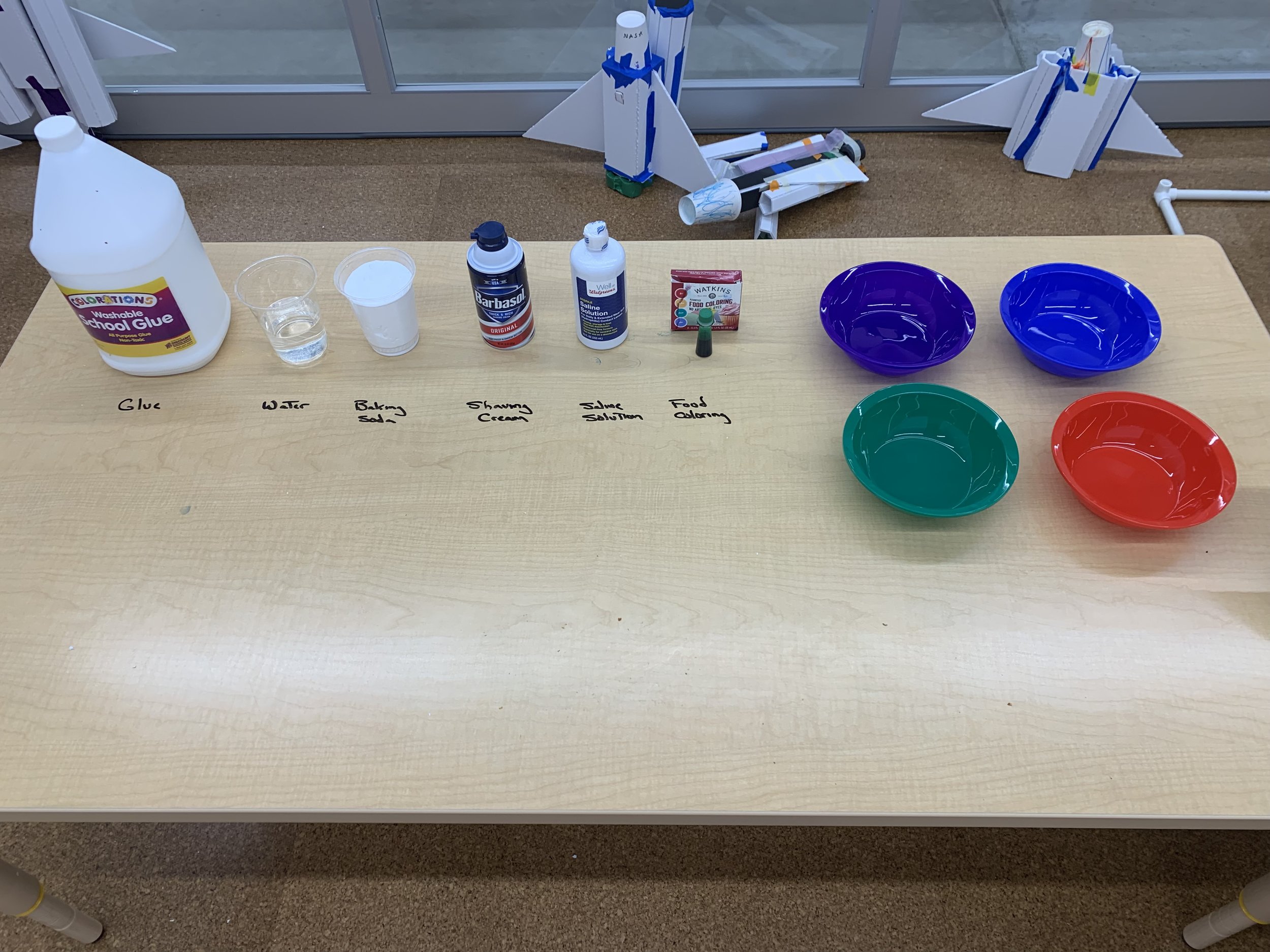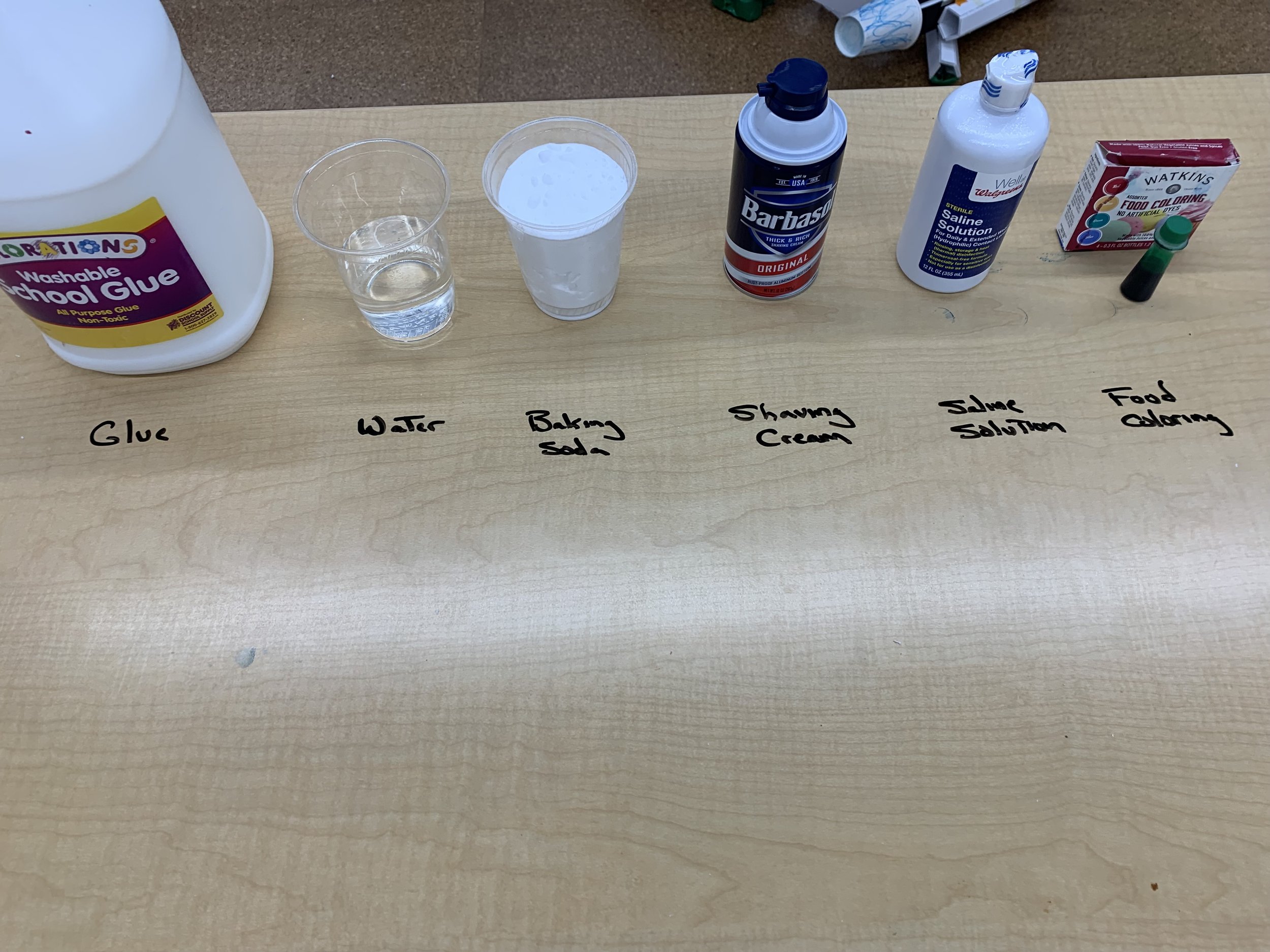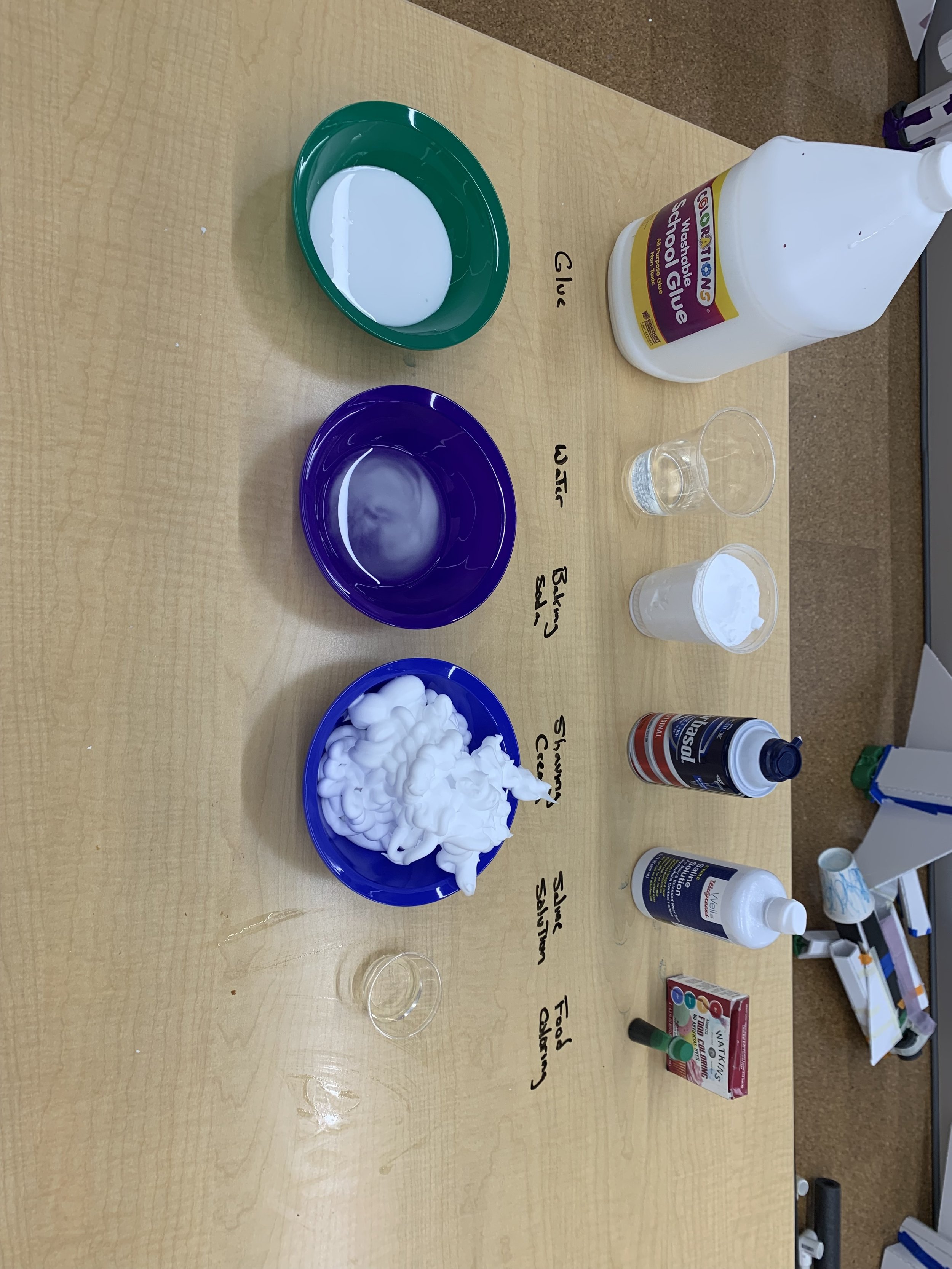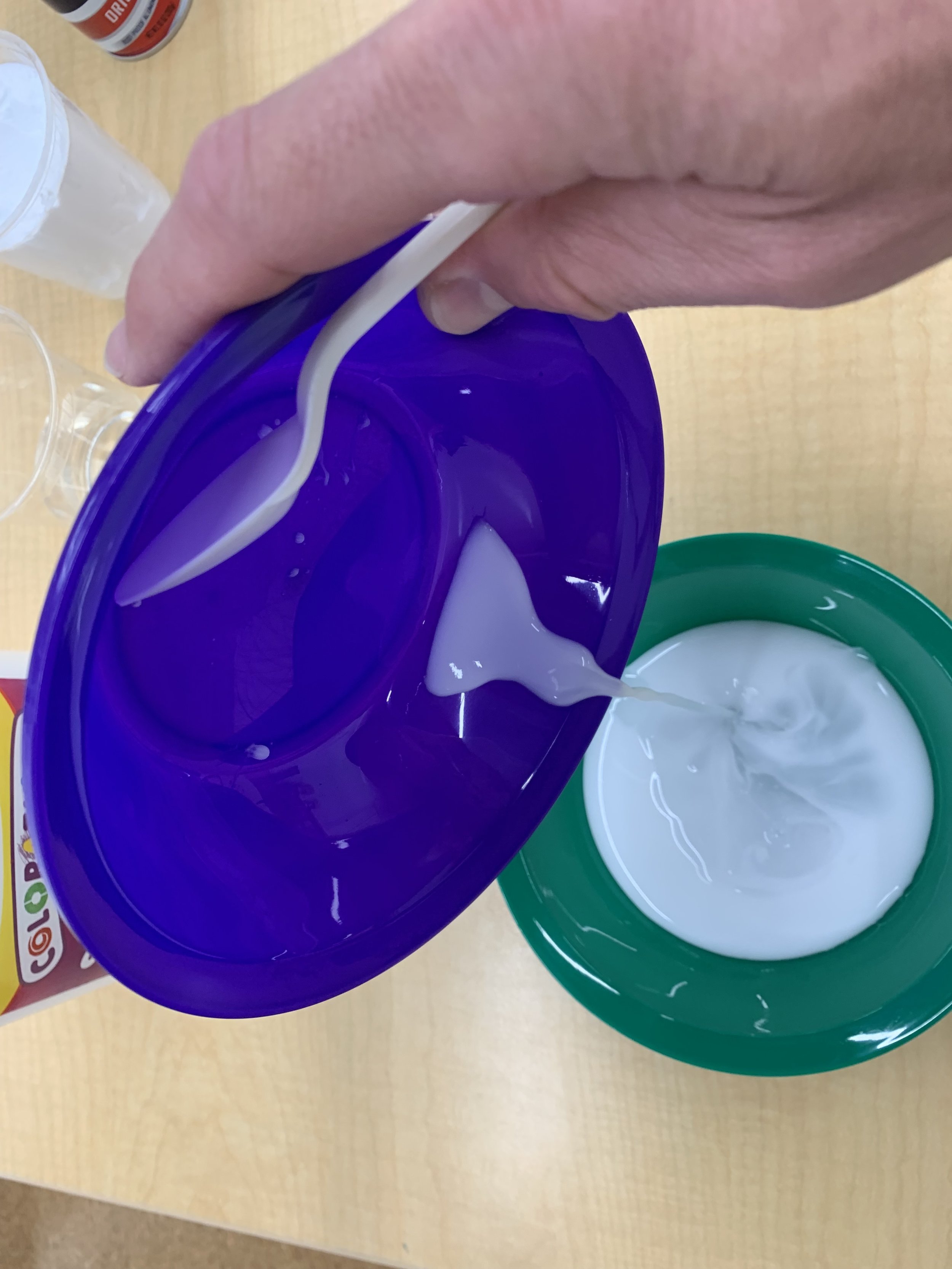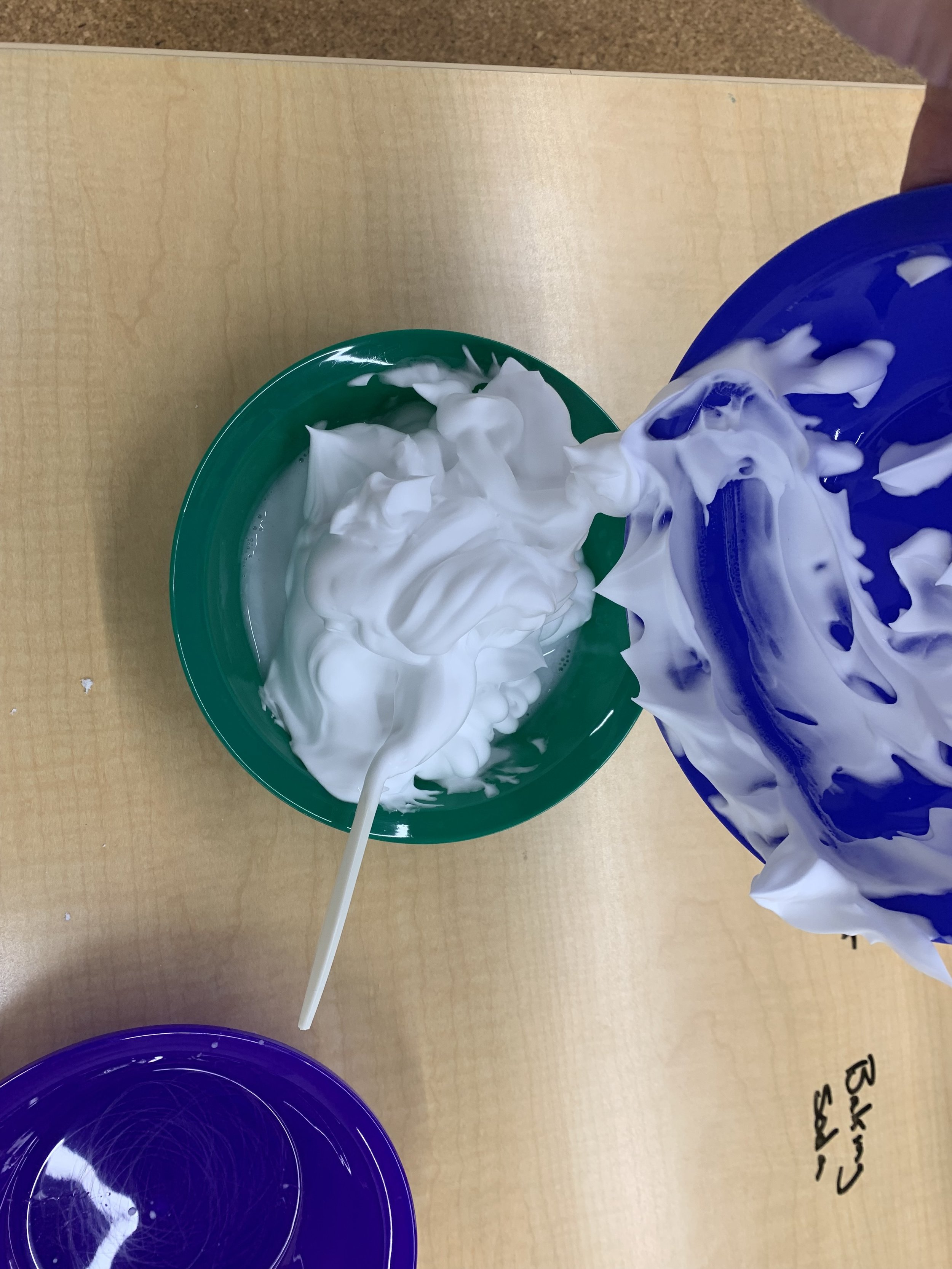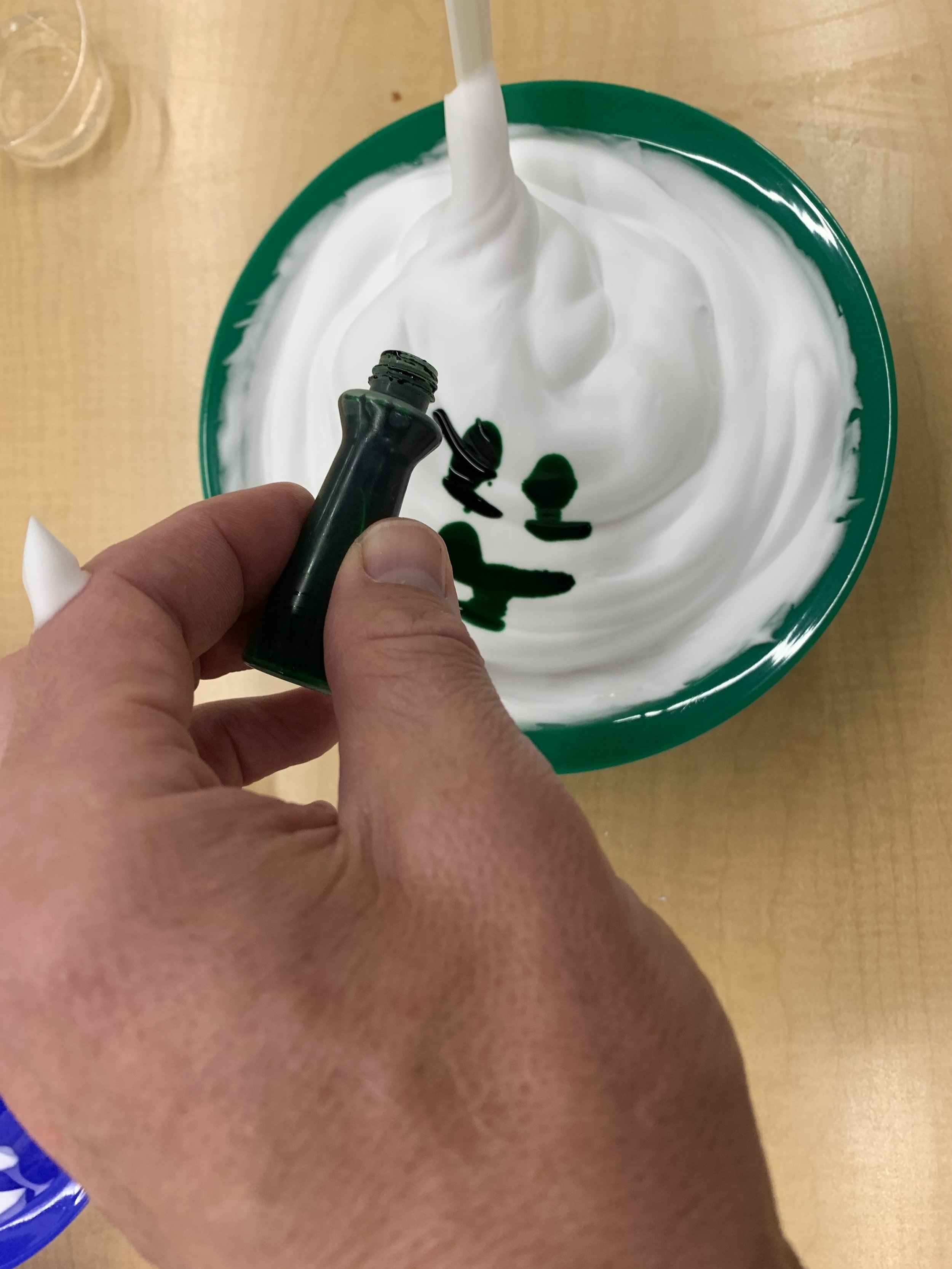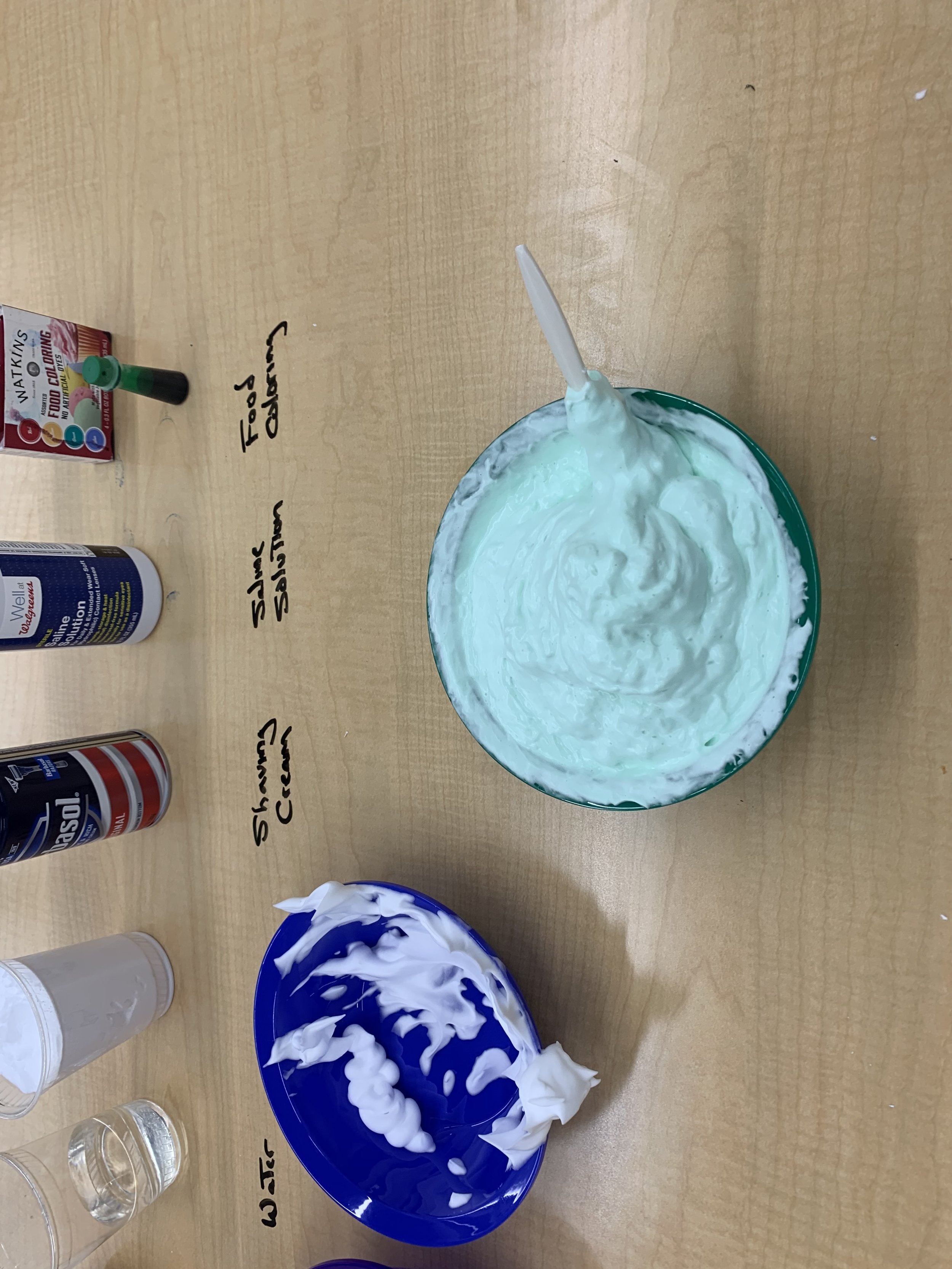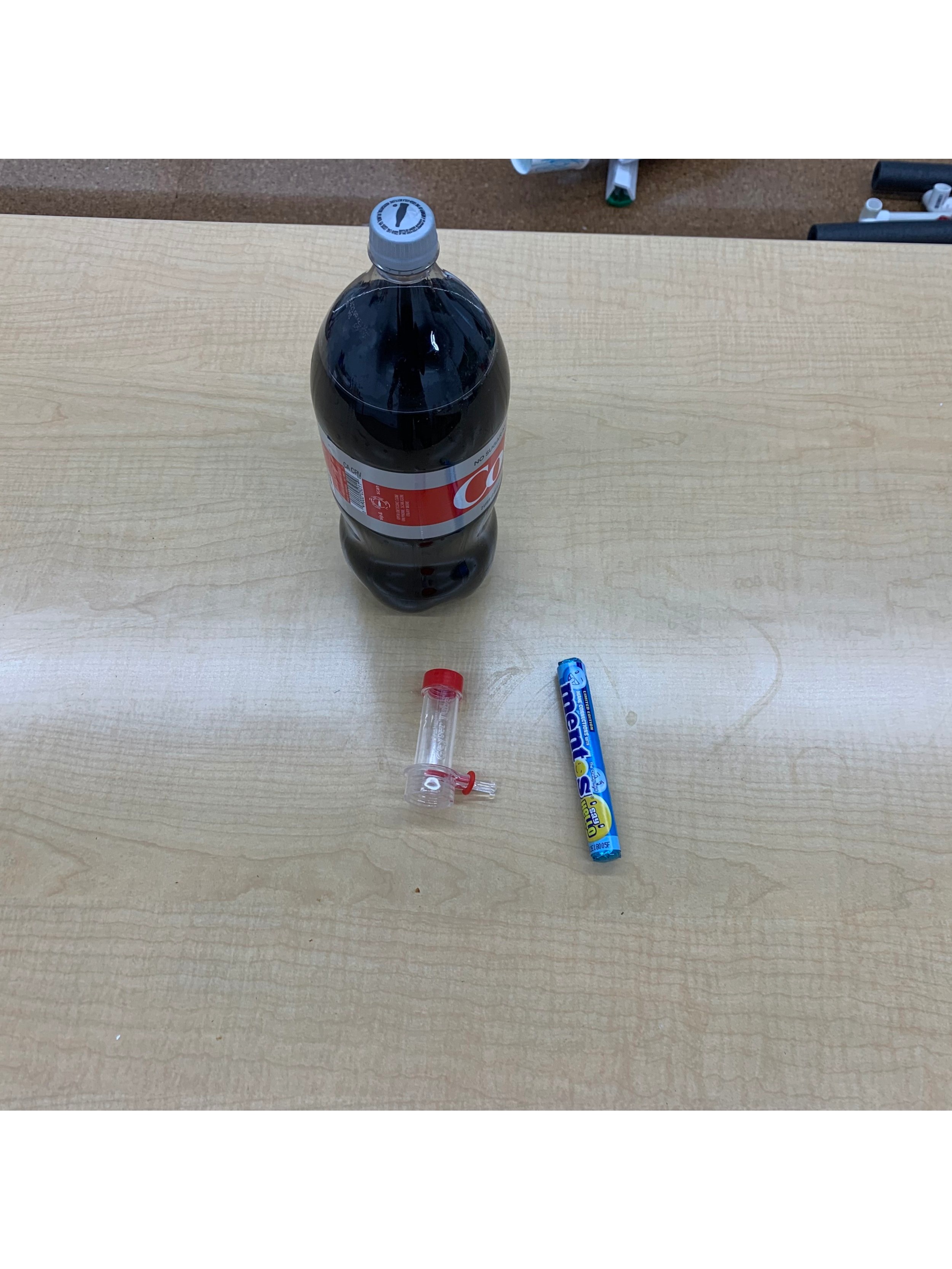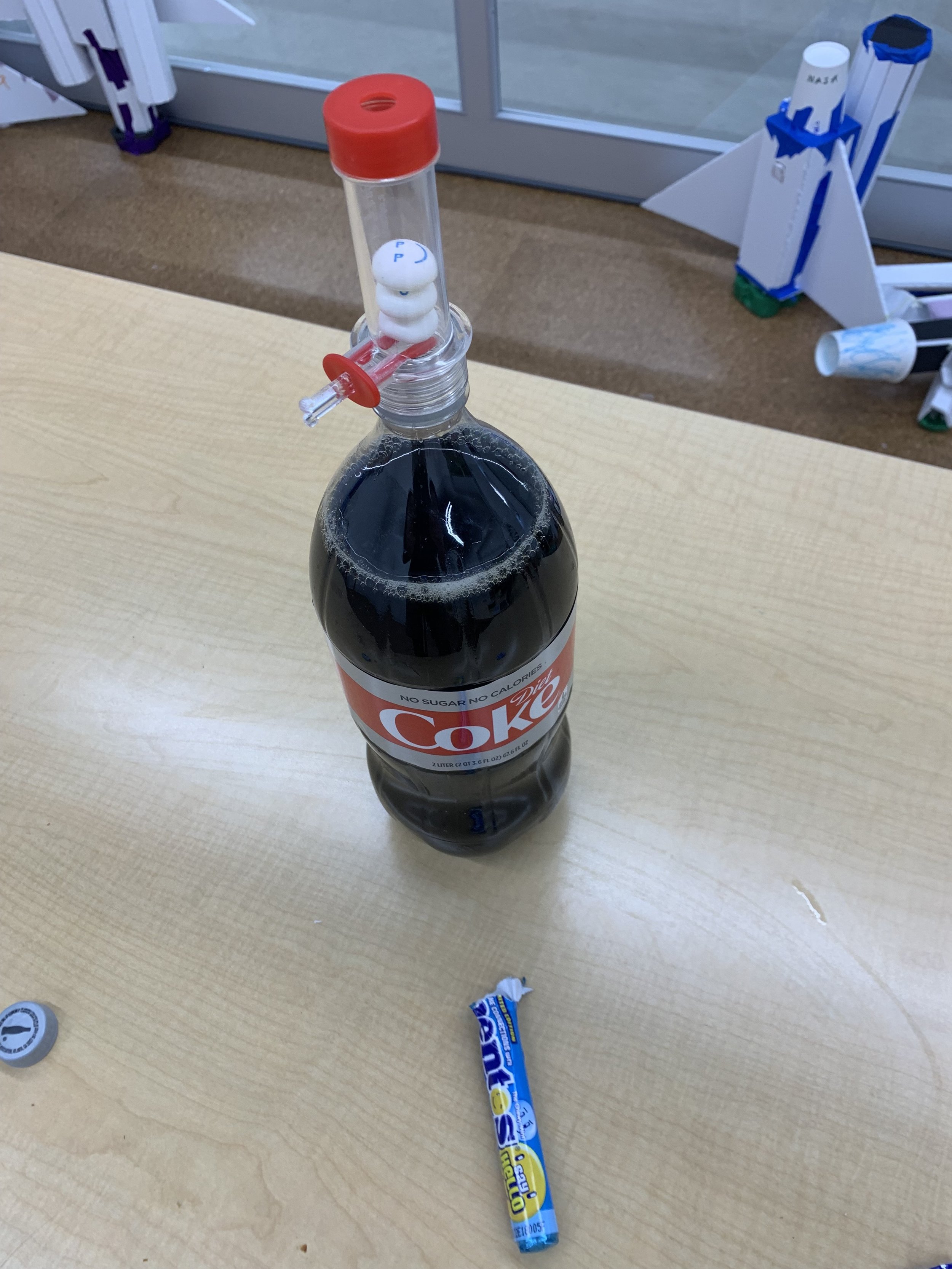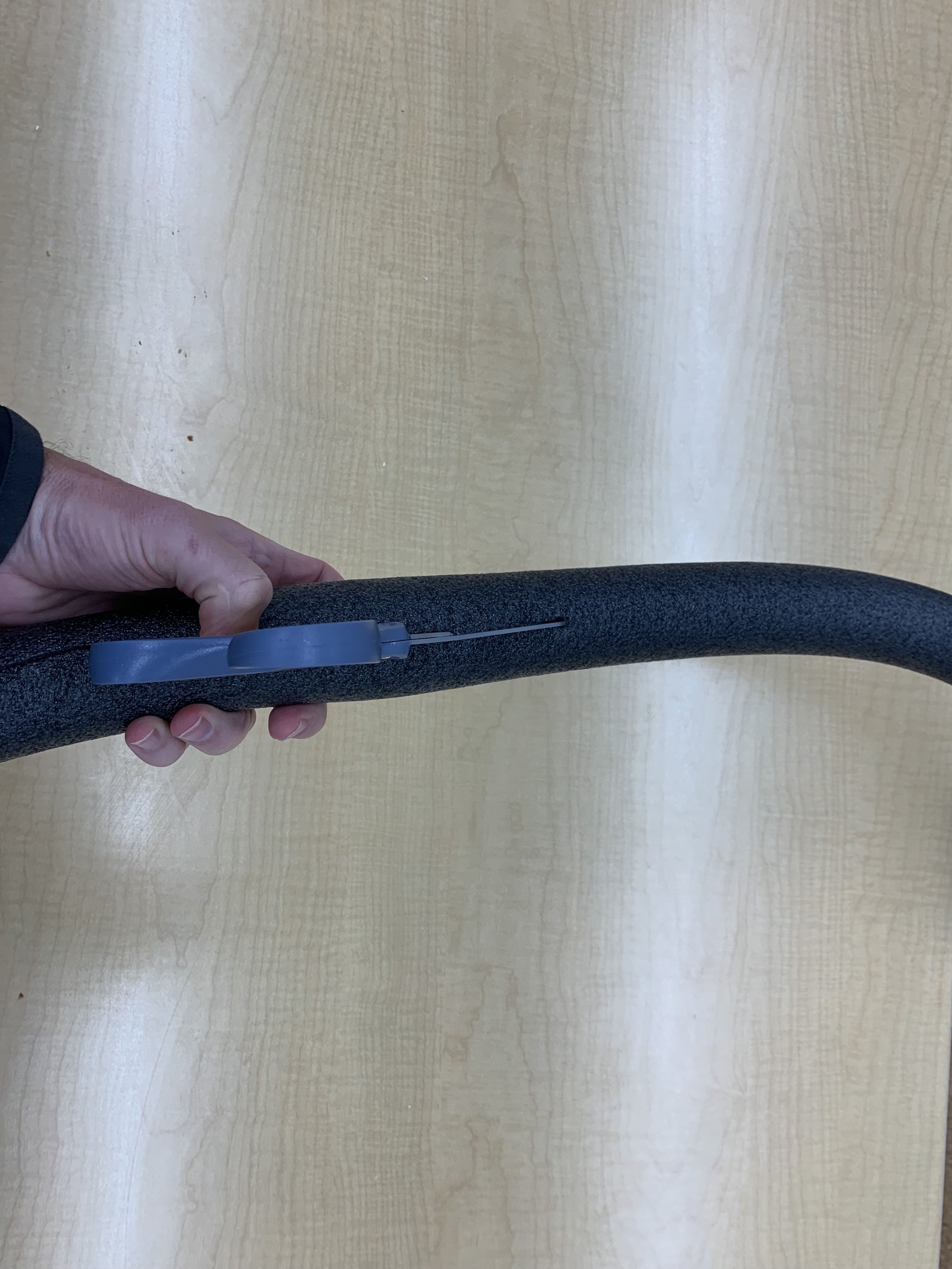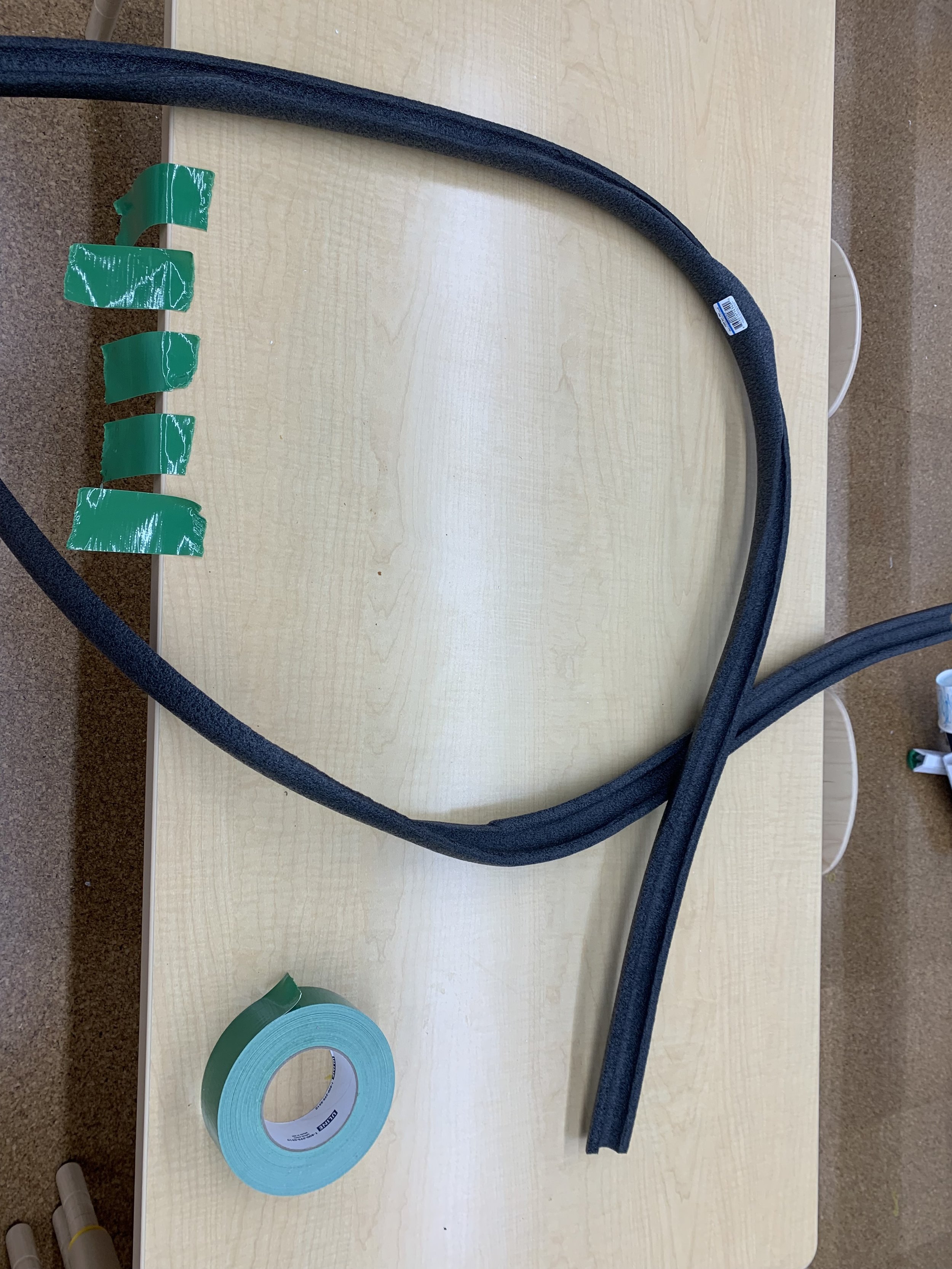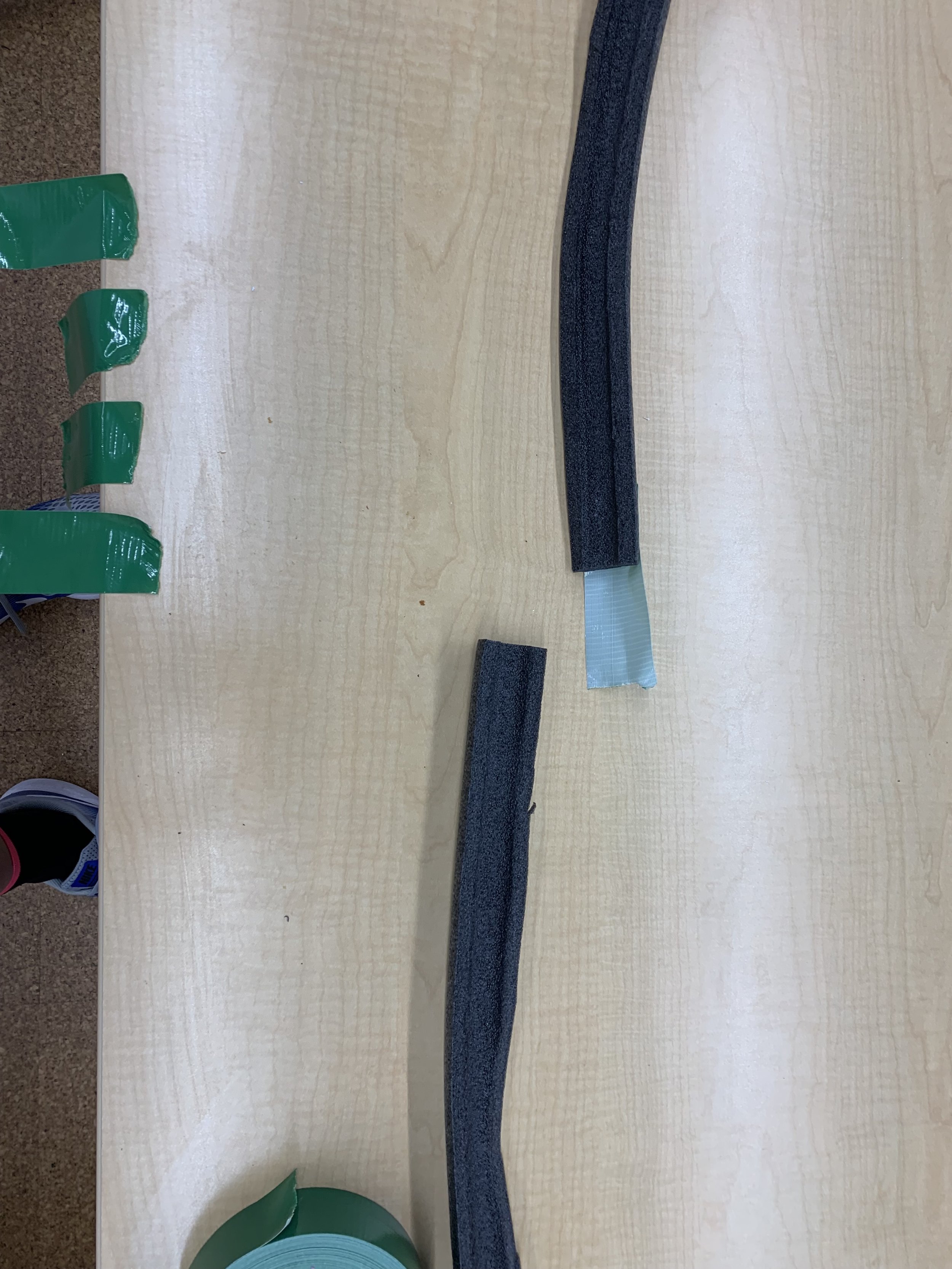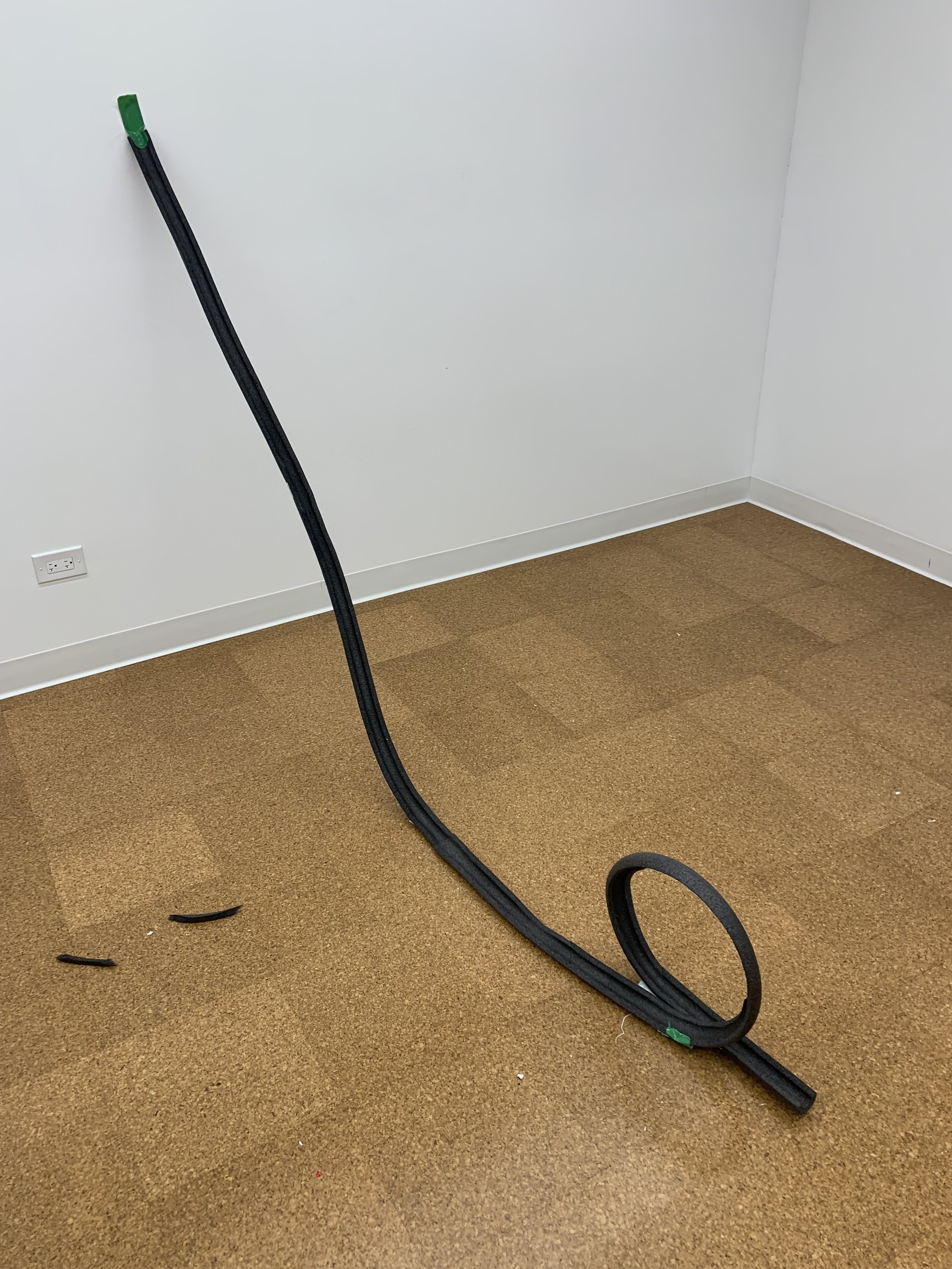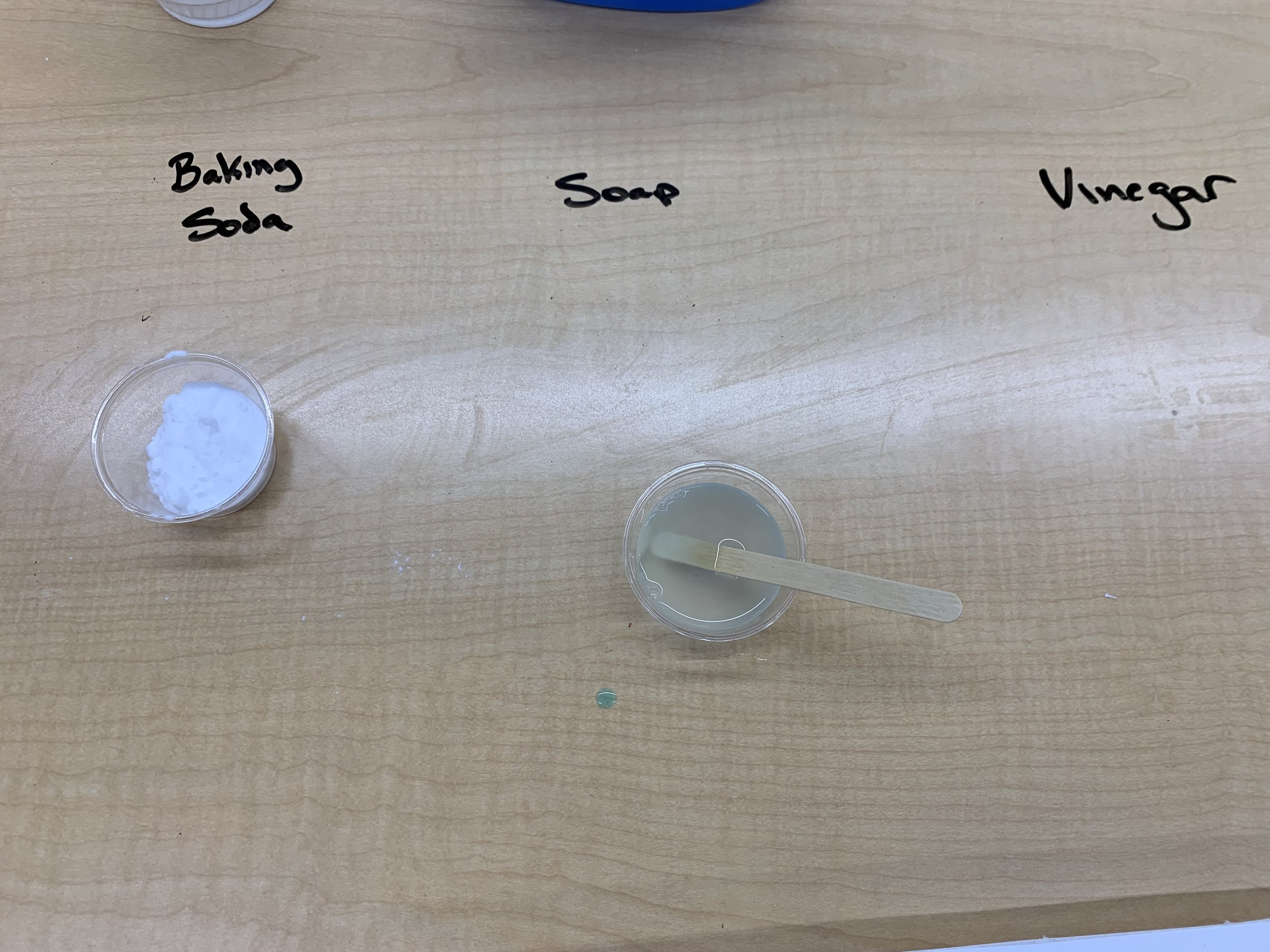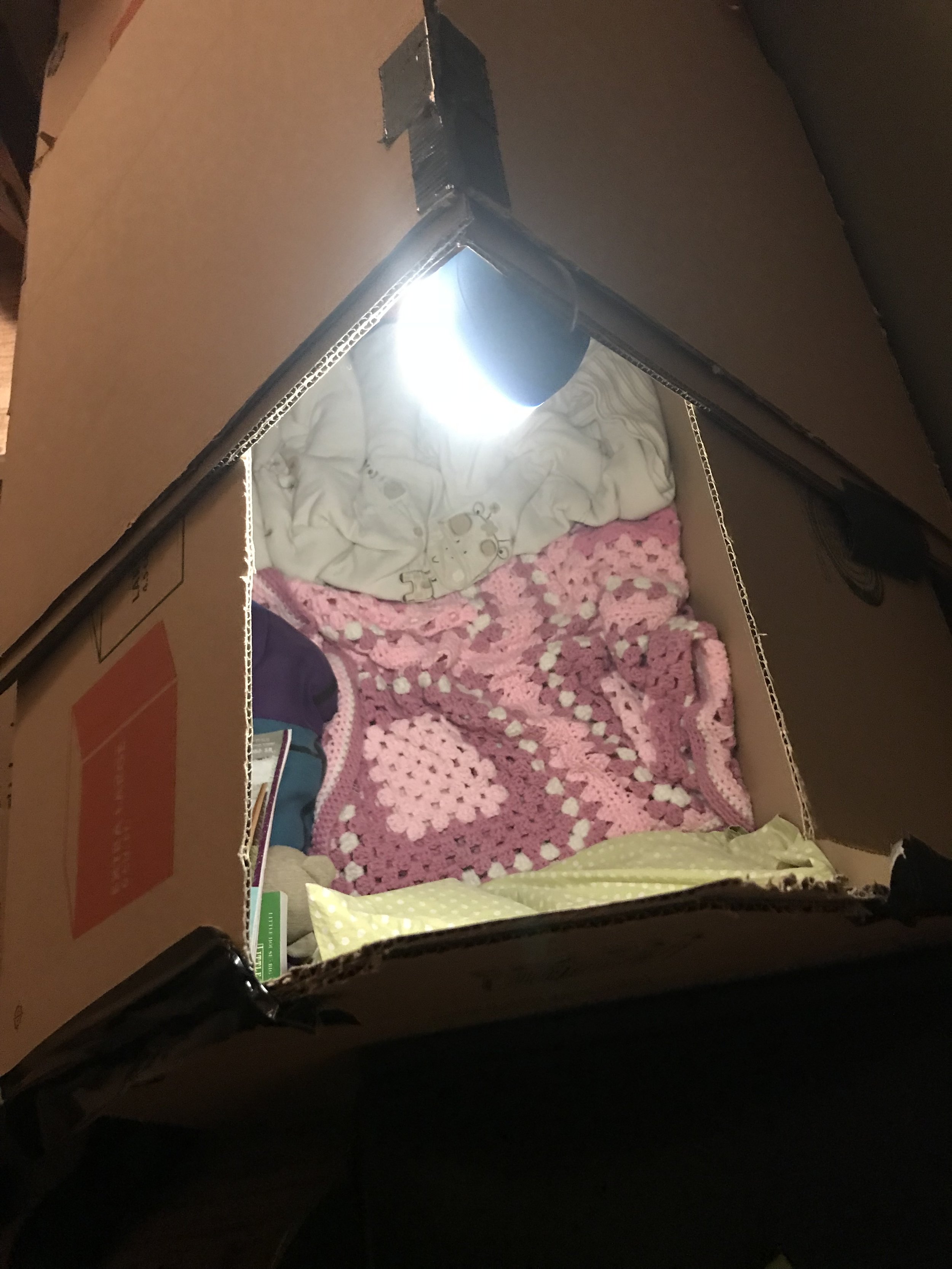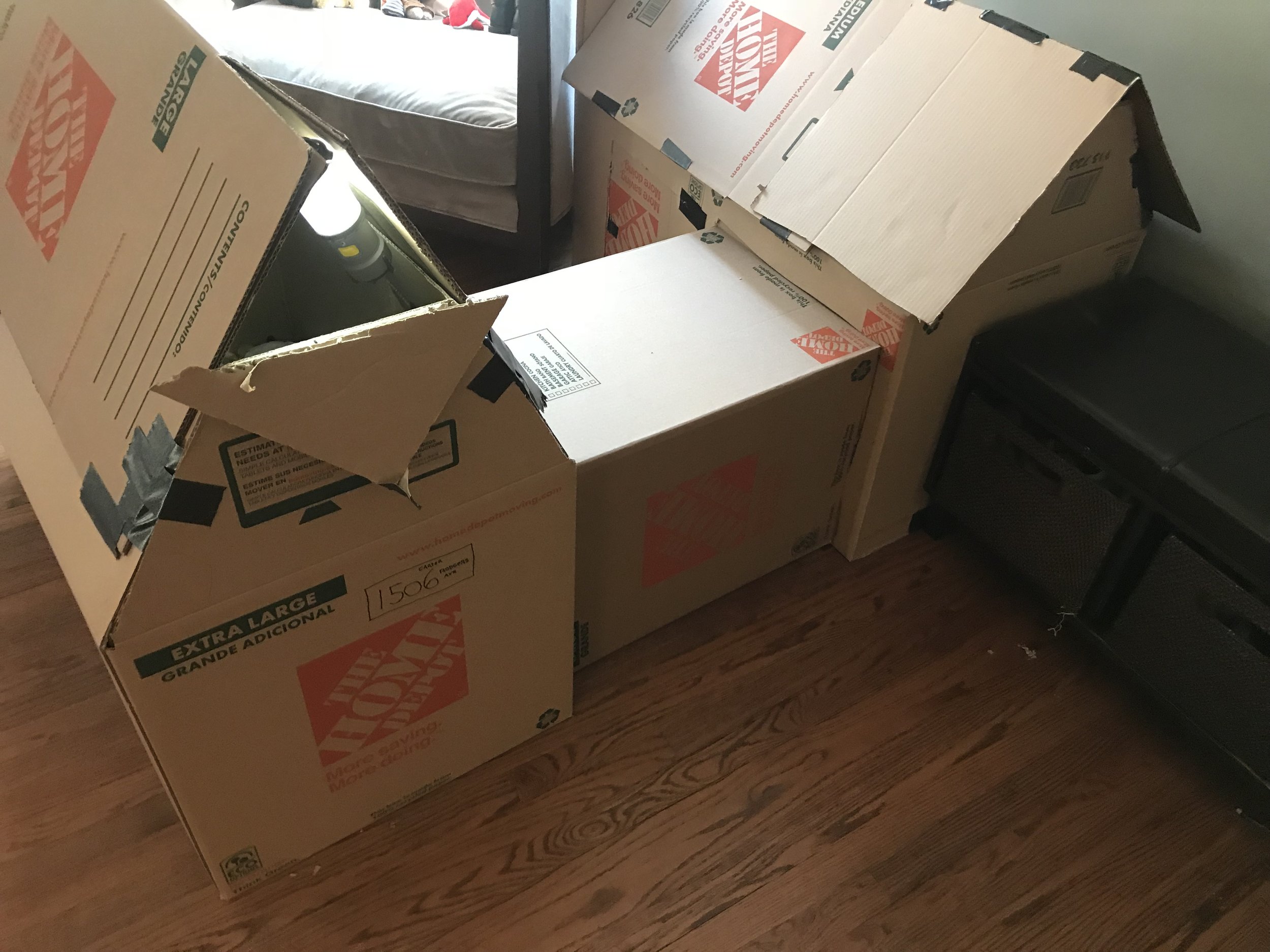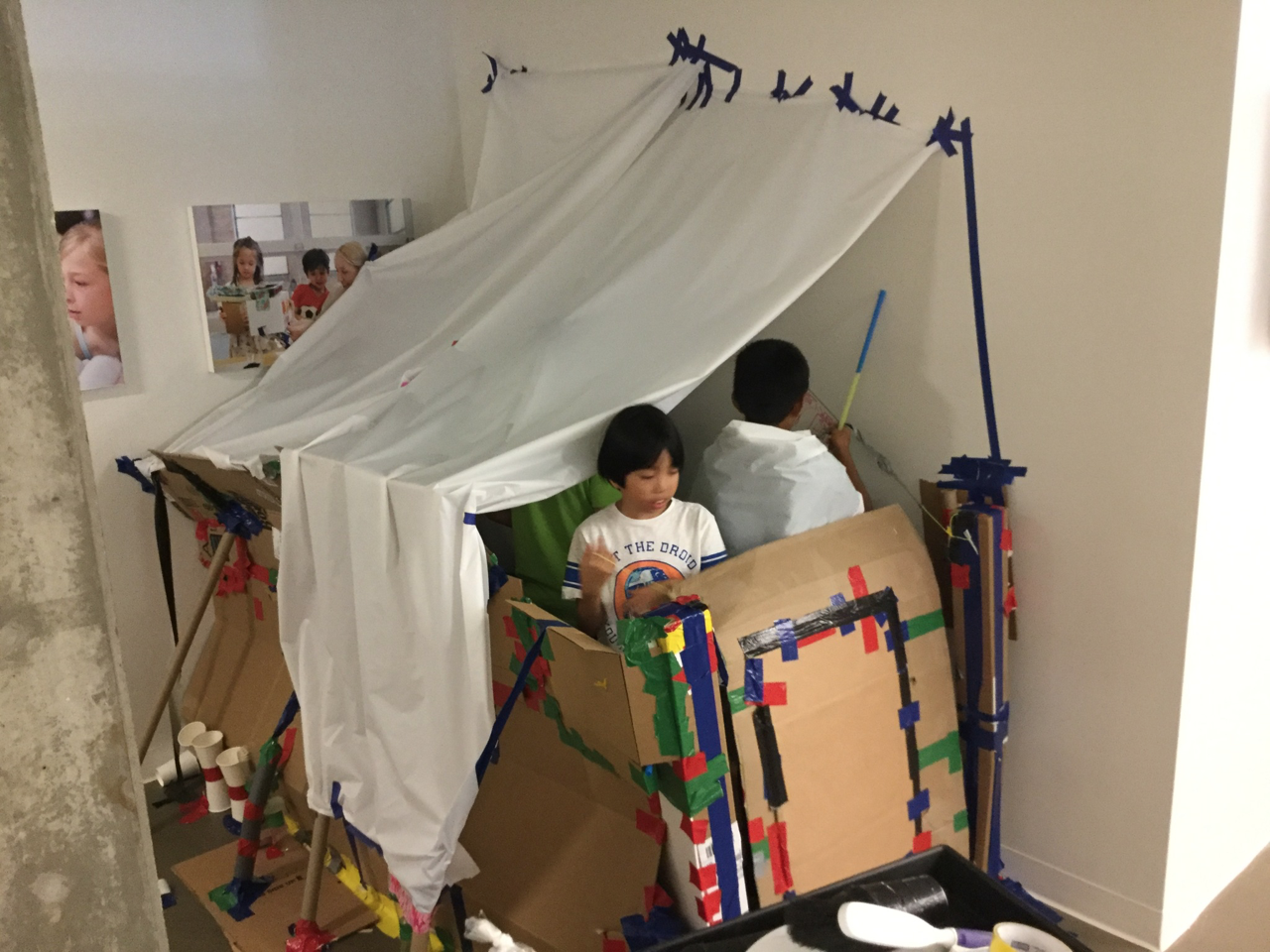Easy Science Experiments for Kids on TV
Friday, we had a chance to hang out with the great team on WGN and do some hands-on science experiments. It was a great morning, where we got to explore polymers, make slime, talk about chemical reactions, and how strong everyday materials (cups and cardboard) can be .
Each and every day, we are looking to enable the next generation of creative thinkers and science is a tremendous vehicle for learning how things work, especially for children 2-14 yrs old. Every class we teach starts with a question kids ask everyday, which we use to explore and focus on guiding them to find answers, instead of just telling kids something abstract in a science book. Bringing science to life with context makes it accessible, fun, and interesting.
We want to share some fun science experiments you can do at home. They are interactive, simple, fun, and hopefully we spark hours of fun.
How to Make Fluffy Slime for Kids?
We get it, slime is all the rage. What is very cool about slime is all the different combinations of materials that result in different viscous substances. Try different combinations of glue, shaving cream, baking soda, saline solution, food coloring and see what happens.
We will start you with an all-time favorite and let you and your kids take it from there. Create your own fully slime with the below:
Ingredients: 2/3 Cup Glue, 1/4 Cup Water, 1/2 teaspoon Baking Soda, 2-3 cups Shaving Cream, 1.5 tablespoons saline solution (with boric acid)
Order of Mixing: (1) 2/3 Cup Glue, (2) Add Water and Baking Soda Solution, (3) Add Shaving Cream and mix thoroughly, (4) Add Food Coloring (5) Add Saline Solution and mix well.
Mixing: you will need to mix for 5-10 minutes (knead) after adding the Saline Solution. The slime will be sticky at first and will slowly become less and less sticky.
We recommend an adult mix the materials or be present when your child is mixing
Mentos and Coke - Cool Science with States of Matter
This one is pretty spectacular and we recommend Diet Coke (no sticky sugar) and a nice clear place outside. The idea is simple, how can we use the states of matter, which kids know as Solids, Liquids, an Gases, to demonstrate the release of carbon dioxide gas with candy.
A 2 liter of Diet Coke will do the trick. You can purchase a mentos dropper for the top of the bottle (or honestly dropping 3 mentos in quickly works just as well) and then move back fast :). You will create a 10ft+ fountain of greatness.
Forces and Motion - Easy Science Experiments for 1st -8th Graders
Most kids understand that every action, has a reaction. They also understand that its slippery on ice, so objects in motion need something to slow them down. This is a very fun challenge at home. A couple 6 ft pieces of foam insulation, easily purchased at Home Depot, some duck tape and a marble is all you need. This can be hours of fun creating and recreating tracks. We would recommend at least three 6 ft pieces of foam tubing.
Here are a couple of keys things to remember
Cut the foam tubing as straight as possible
Try to keep duck tape out of the track
Do not make the slope from the wall to the floor too steep
Don’t be afraid to leverage duck tape or boxes to keep the track stable
Here are some ideas for rollercoaster challenges (1) can you get a loop to work (2) how about jumps (3) angle the track sideways (4) how about adding hills (5) what is the greatest distance you can get the marble to travel.
Chemical Reactions that Kids Love
This one everyone can do at home. We all have baking soda and vinegar in the cabinets. Place the vinegar in one cup and the baking soda in the other. When you combine them, you are forming a chemical reaction. If you want to try to make it even better add some dish soap to the vinegar, mix, and then add it to a new cup of baking soda.
Ingredients Needed
Two small cups
Baking Soda
Vinegar
Dishsoap (optional)
We recognize that having fun is important, and while music, sports, other activities are indeed fantastic, children as young as 2 yrs old can experiment with science everyday from a popsicle that melts and why viscosity is cool. That's science. That's Kids Science Labs.






